Search
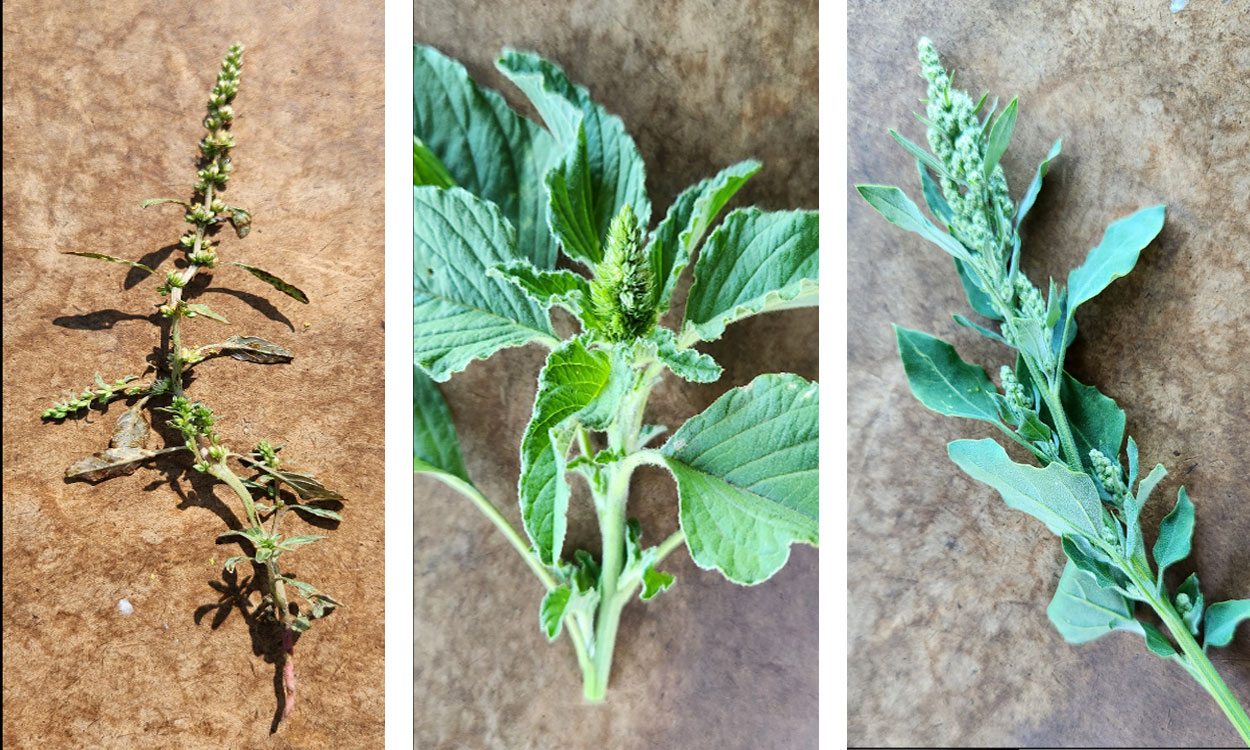
Weeds Have Started to Flower!
Early-flowering waterhemp, redroot pigweed, and common lambsquarters show the importance of early weed control, as they can produce seeds before a delayed postemergence herbicide application.
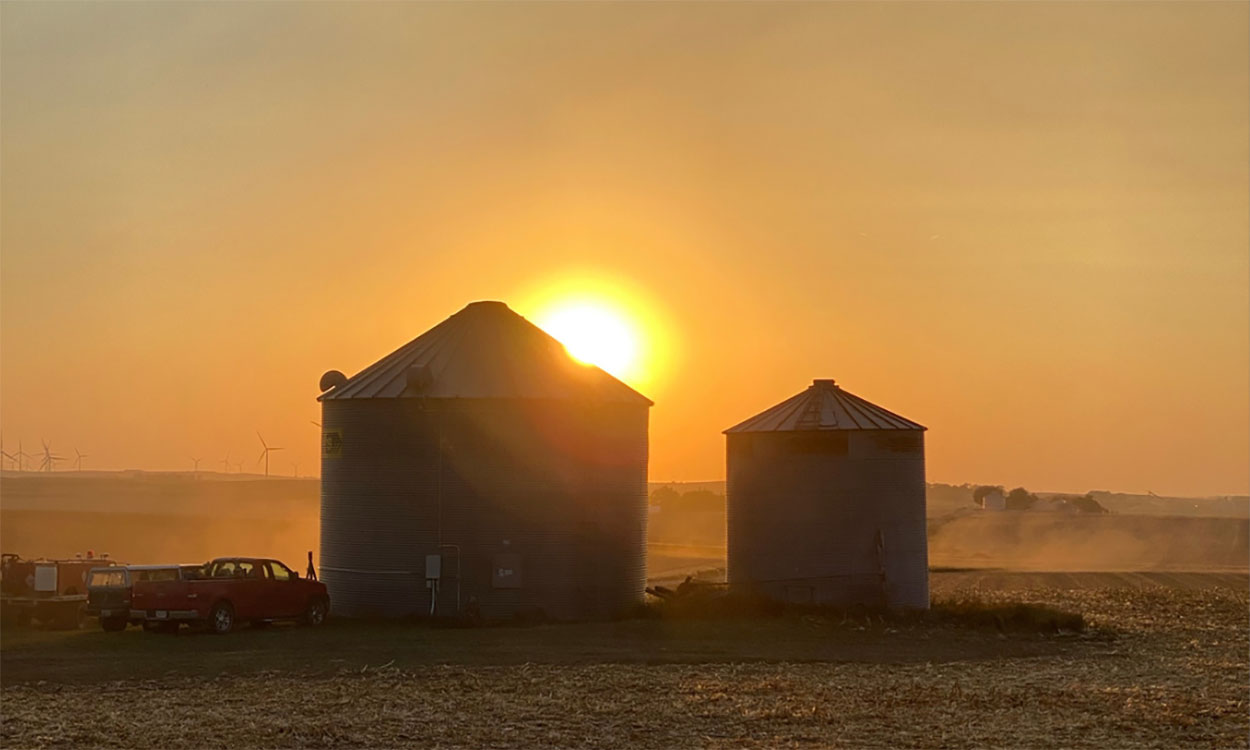
Inspecting Grain Bins After a Windstorm
Due to their high profile and light structure, metal grain bins are highly susceptible to wind damage. View a step-by-step guide for inspecting them in the aftermath of a windstorm.
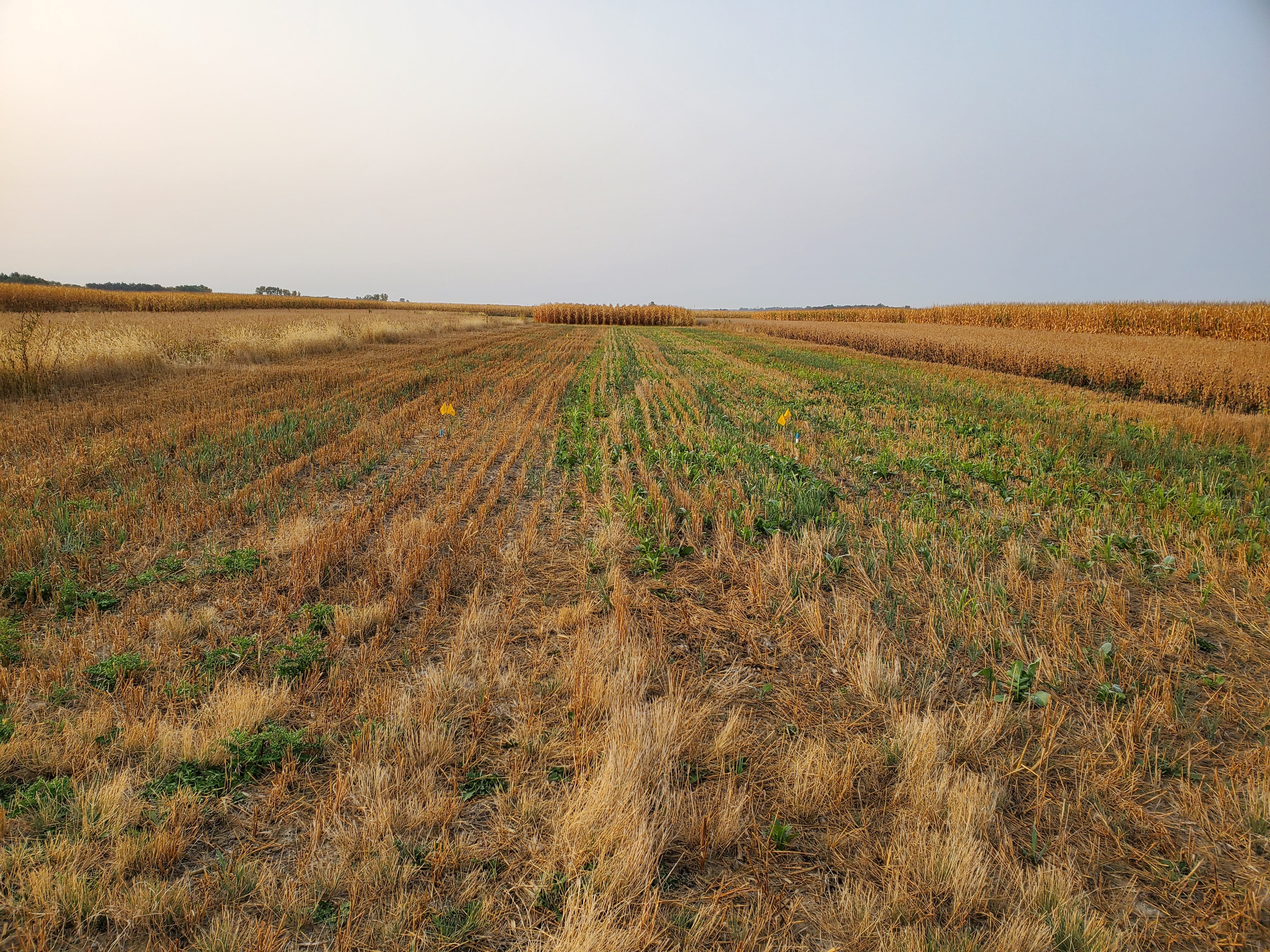
Managing Water with Soil Health
If we are seeing so many benefits to drainage and soil health systems, why isn’t everybody doing it? Can we see a win-win-win situation when looking at habitat, agronomy, and water quality in a system?
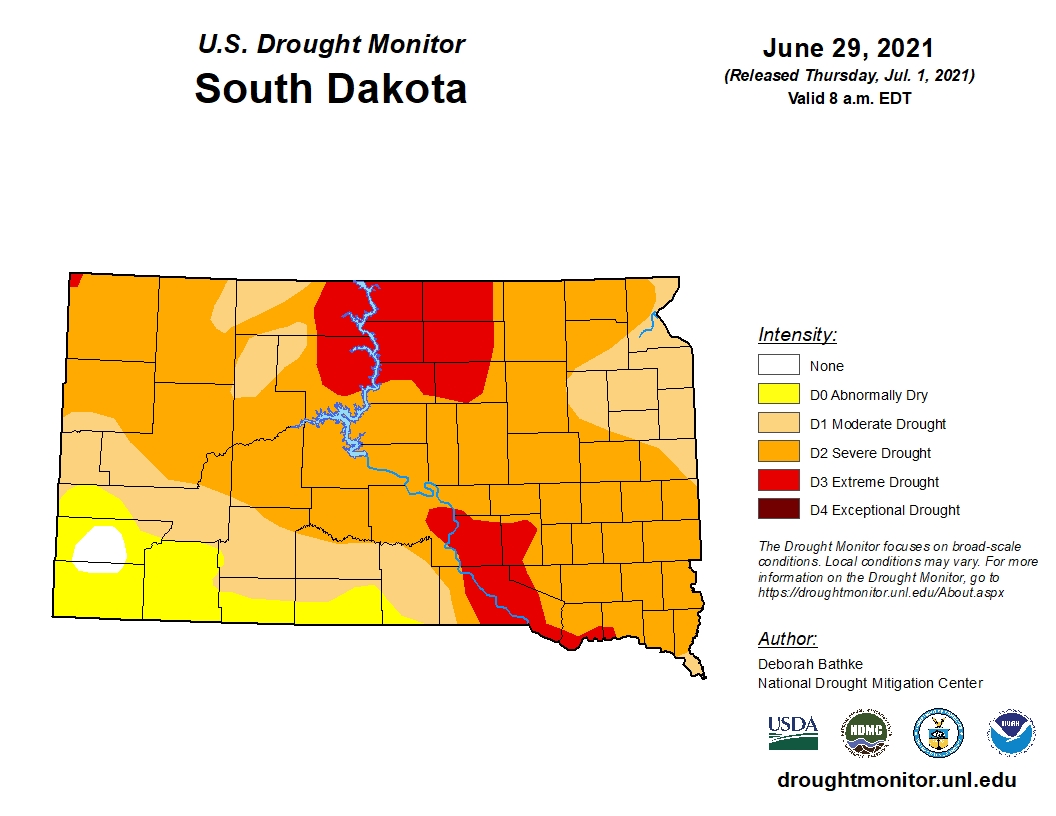
July Drought Hours to Address Livestock Nutrition, Crop Quality Concerns
July 15, 2021
More South Dakota acres are now in an extreme drought condition as lack of moisture and high temperatures continue to impact much of the state.
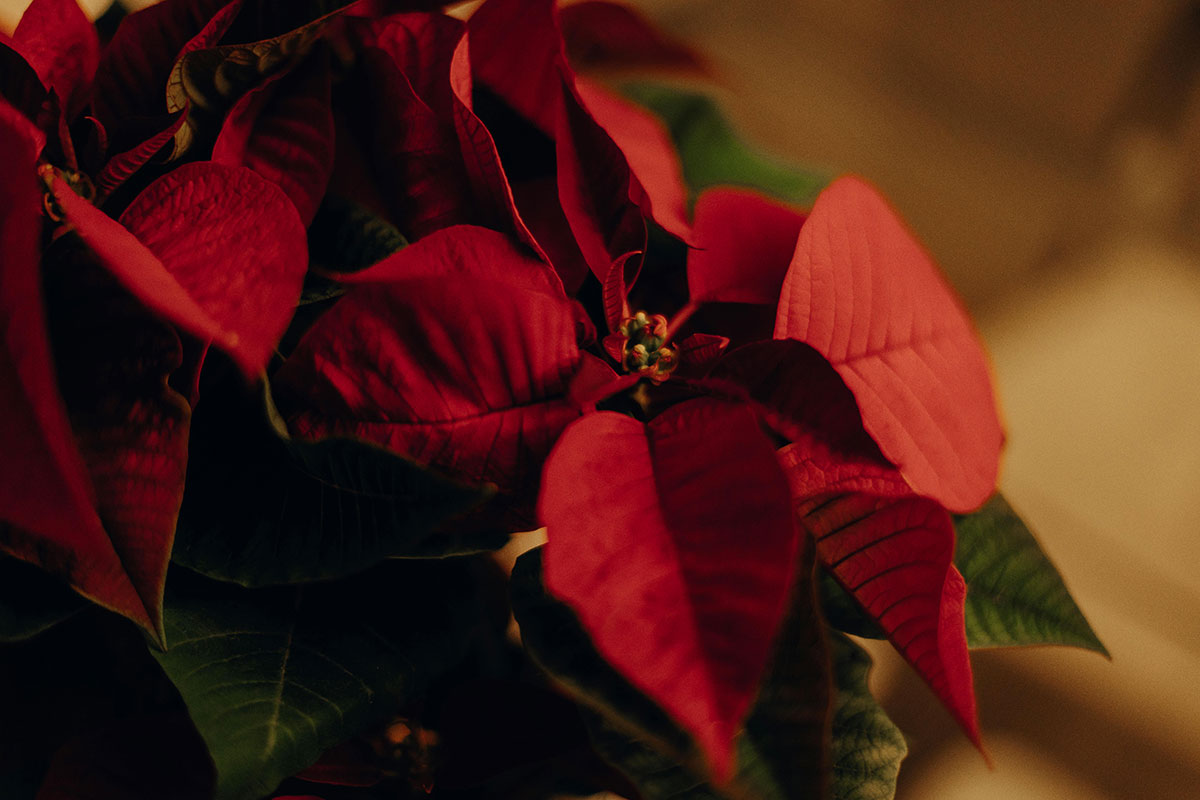
Keeping Your Poinsettia Alive for Next Christmas and Getting It to Re-Bloom
With proper care, the poinsettia’s vibrant colors can be maintained throughout the year. Learn some tips tfor keeping poinsettias thriving and blooming again for the next holiday season.
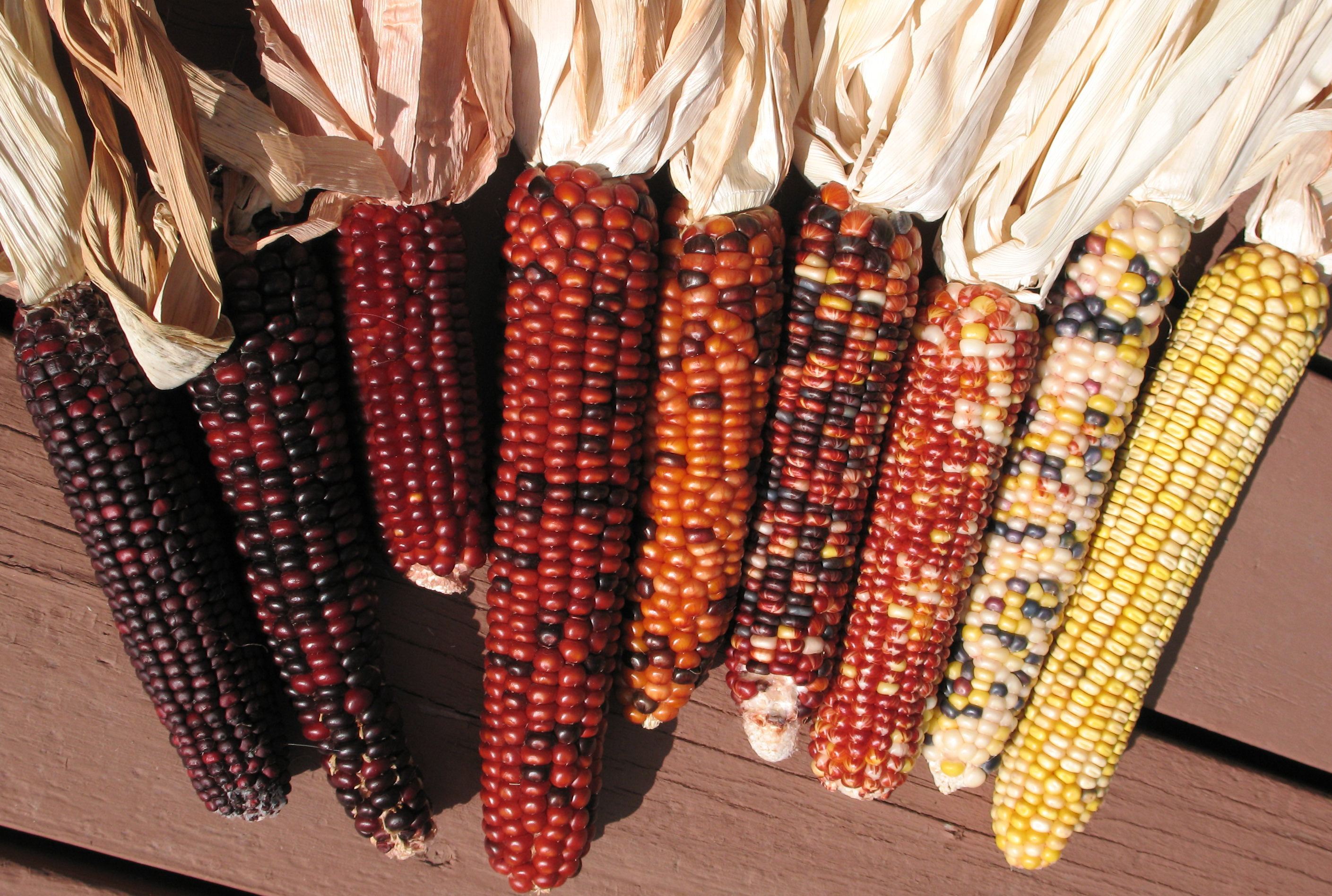
Indian Corn & Popcorn
Beautifully hued ears of dried ornamental corn appear this time of year in autumn decorations. In South Dakota, each fall the Corn Palace at Mitchell sports fresh murals from the naturally colored corn.

Salvaging Drought-Stressed Small Grains
South Dakota producers often must consider whether to abandon plans to harvest small grain as a cash crop and pivot to harvesting as forage. Learn some factors to keep in mind when evaluating salvage options.
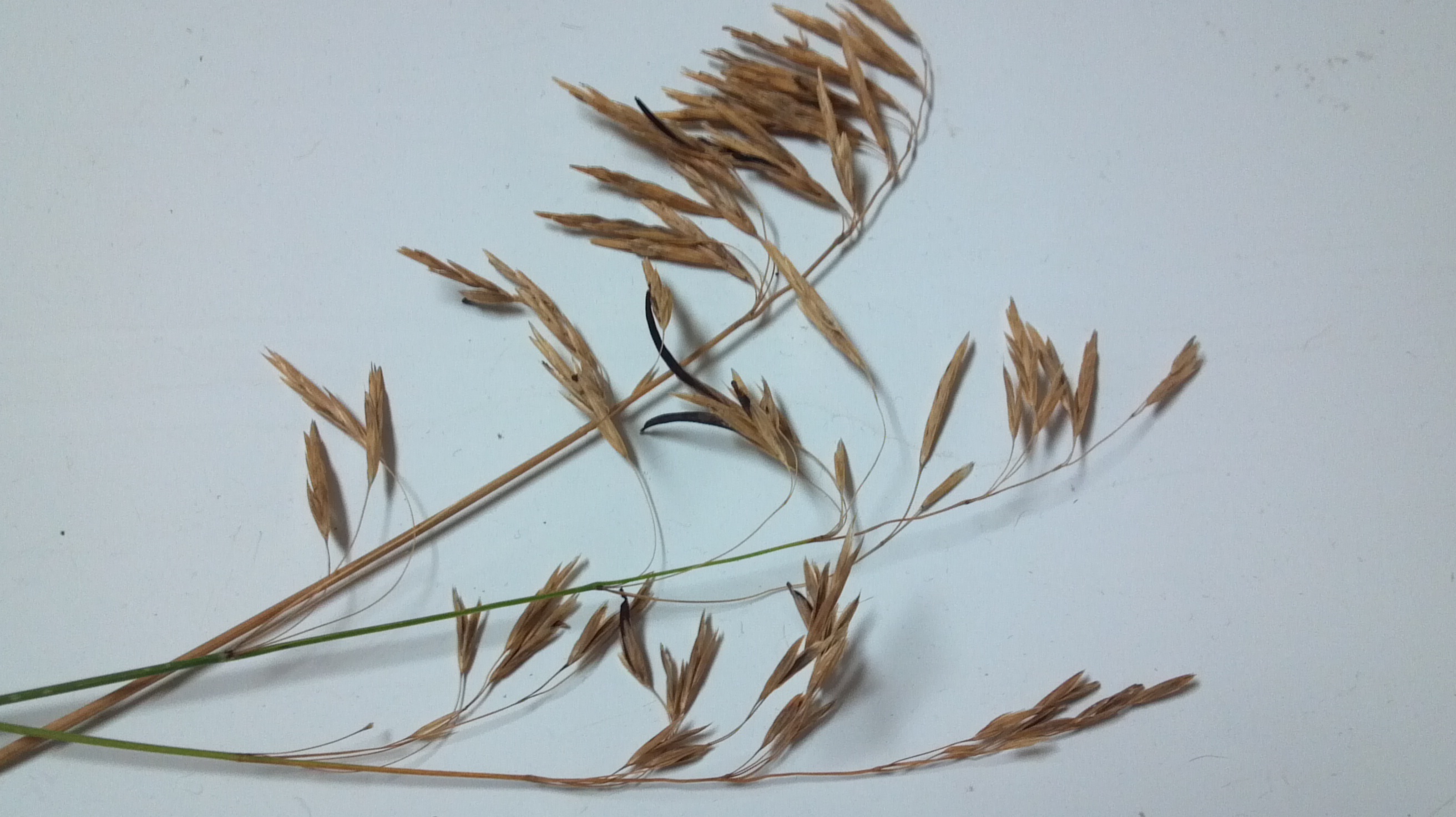
Ergot: A Potential Livestock Poisoning Problem
Cool, damp weather followed by warmer temperatures favors grasses becoming infected with ergot bodies, which can cause a certain kind of poisoning that can affect cattle on pasture.
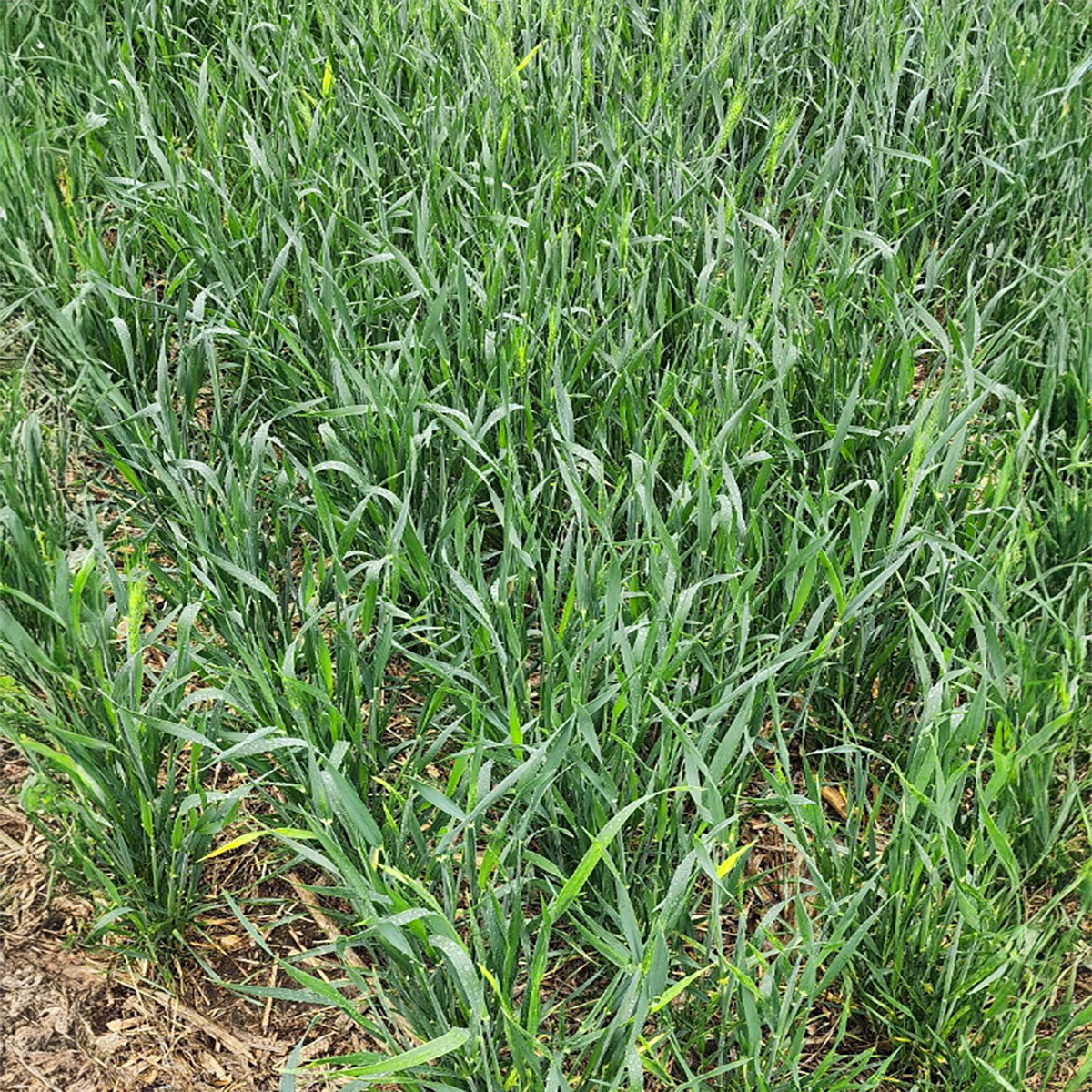
Keep Watch: Wheat Streak Mosaic Virus is Developing in South Dakota Fields
Wheat Streak Mosaic Virus has been reported in South Dakota wheat fields and is also a major wheat disease for Great Plains states in 2025. The virus is sweeping across the state and is rampant in winter wheat.
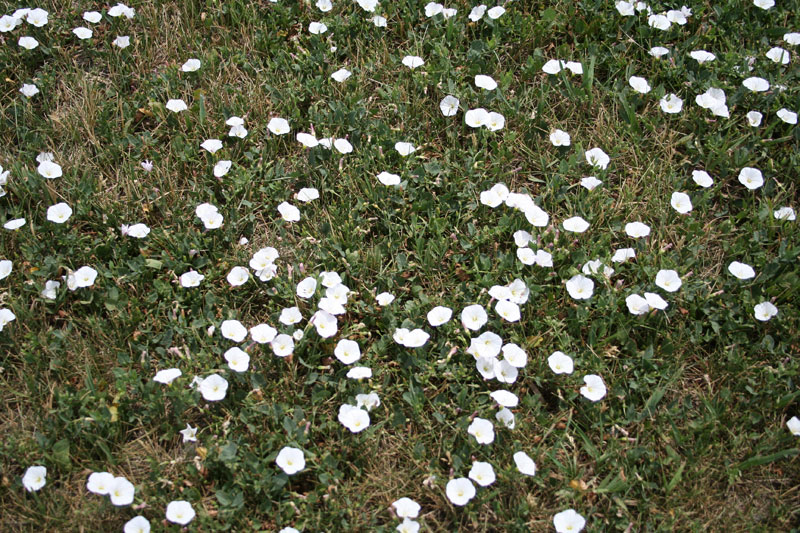
Lawn Weed Control
Cultural weed control practices must be included in weed management programs to optimize control and inhibit re-infestation. A healthy, dense turf cover is the best overall defense against weed invasion. Some common cultural weed control practices include planting the most adapted turfgrass species for your environment (i.e. shade, full sun, or hot, dry conditions), maintaining a mowing height of 2.5–3.5 inches, watering deeply but less frequently, and proper soil maintenance including fertilization and core aerification.